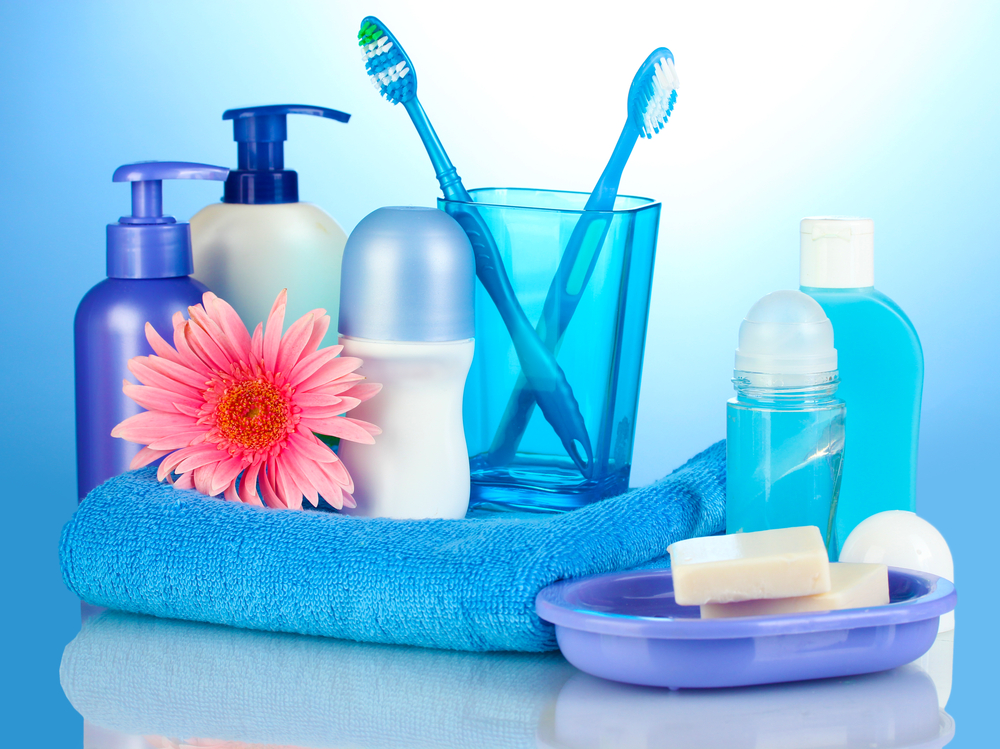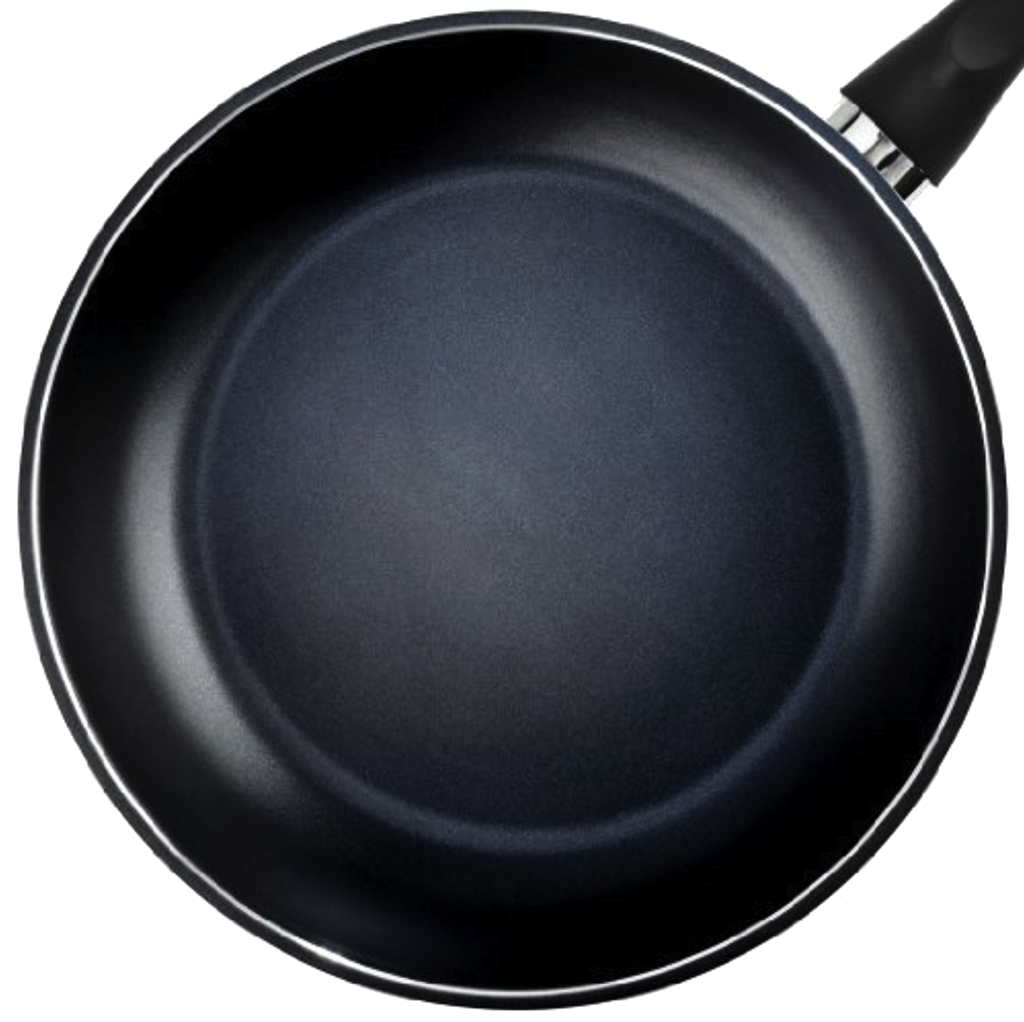- Belgium comes to Yamashita Park
- Residential Villa in Phuket Entices Remote Workers With Long-Stay Rates
- Rare pieces of French glass art at the Mirai Museum of Art
- Feast on fresh fish and seafood at the 2024 ‘Sakana’ Festival
- Would you like to ride in a Louis Vuitton gondola lift?
- Naked Snow Aquarium
- Festive lights at Yomiuriland will get you feeling the holiday vibes
Potentially Toxic Compounds Lurking at Your Tokyo Homes
 You may be unaware but potentially harmful chemicals have invaded our homes through products families use everyday.
You may be unaware but potentially harmful chemicals have invaded our homes through products families use everyday.
To know if any or all of the products you’re using at home are safe, here is a simple guide about these chemicals and what you can do about it. It’s up to you to kick them out.
Food and liquid containers including baby bottles are made of polycarbonate lined by a chemical called BISPHENOL A that has been used commercially since 1957. It is a synthetic estrogen found in safety equipment, eyeglasses, computer and cellphone casings, beverage and baby feeding bottles, plastic toys, plastic wrap, glass bottle lids, jarred foods, canned foods, epoxy paint and coatings, dental composites and sealants, pesticides, and etc. Although Bisphenol A makes strong and high-grade tough materials, it is also linked to behavioral problems on fetuses and young children, brain abnormalities, reproductive problems, diabetes, and obesity.
When ingested, Bisphenol A mimics estrogen and messes up the natural balance of the endocrine system, the hormone-producing collection of glands (hypothalamus, pituitary gland, thyroid, parathyroid, pancreatic islets, testes, ovaries) that regulate growth and development, moods and sleep, tissue and sexual functions, reproduction, and metabolism among other things.
What Japan and the rest of the world are doing about it
According to the Food Safety Department Standards Review Division (under Japan’s Health, Labor and Welfare Ministry) website last updated in 2011, it has been actively conducting scientific research and assessment on this chemical compound’s impact to human health.
Japan has not completely abandoned the use of Bisphenol A but it has reduced toxic levels to the minimum for some products based on its evaluation results. It also has switched from BPA-containing epoxy resin used as can liners to a different epoxy lining that yields much less migration into food than resin used previously.
In 2012, the U.S. Food and Drug Administration (FDA) has stopped authorizing the use of BPA in baby bottles and infant formula packaging, not due to safety concerns but because major manufacturers of baby bottles and food containers have discontinued products with Bisphenol A in 2009.
Countries where the use of Bisphenol A is banned are Sweden, Turkey, Canada, and France. Currently, Denmark has put a temporary ban on its use.
ONE SWEDISH STUDY FOUND THAT CHILDREN WHO LIVE IN HOMES WITH VINYL FLOORING ARE TWICE AS LIKELY TO HAVE AUTISM. PVC IS USED IN VINYL FLOORS.
PBDEs
 Flame retardants are added to textiles, furniture, plastics, car interiors, and electronics. These known endocrine disruptors leach out of products and into the environment, One Environmental Working Group study found 11 different flame retardants in a group of 1 1/2 to 4 year olds. PBDEs have been linked to permanent learning and memory impairment, behavioral changes, decreased sperm count, and fetal malformations.
Flame retardants are added to textiles, furniture, plastics, car interiors, and electronics. These known endocrine disruptors leach out of products and into the environment, One Environmental Working Group study found 11 different flame retardants in a group of 1 1/2 to 4 year olds. PBDEs have been linked to permanent learning and memory impairment, behavioral changes, decreased sperm count, and fetal malformations.
PHTHALATES
A group of industrial chemicals used to make plastics, including polyvinyl chloride (PVC) more flexible or resilient, phthalates are also used as solvents They’re found in food packaging, plastic toys, air fresheners, garden hoses, raincoats, vinyl shower curtains, vinyl flooring, wall coverings, and other consumer goods. Also, if the term ‘fragrance’ is used in a product’s ingredient list, it probably contains phthalates. Phthalates have been linked to reproductive problems, bit defects, brain abnormalities, diabetes and obesity.
PESTICIDES
Many pesticides – such as organochlorines, DDT and its breakdown, DDE, atrazine (one of the most widely used weed killers), vinclozolin (a fungicide), tributytin (used in ship paint, found in fish), carbendazim (a fungicide), HPTE (a breakdown product of a widely used insecticide), triclosan (found in antibacterial soaps) – are endocrine disruptors. Pesticides have been linked reproduction and fertility problems, birth defects, and obesity.
PFOA
Perfluorooctanic acid is a chemical used in manufacturing Teflon, Gore-Tex, Stainmaster, Scotchgard, and other nonstick and stain-resistant coatings. It’s also found in packaging that needs to be oil and heat resistant, like microwave popcorn bags and pizza boxes. It is found in blood of most Americans and has been linked to birth defects, infertility, weight gain, and impaired learning and development.

Look for PFOA-free Teflon cookware on Amazon Japan
ADVICE
■ SWITCH TO BOTTLES.
■ Don’t heat PLASTIC BOTTLE, SIPPY CUPS in the microwave oven.
■ Don’t wash them with an abrasive sponge or detergents that could scratch the surface.
■ Don’t pour boiling water in the baby bottle or fOOD COntainer.
■ use ONLY PHTHALATE-FREE plastic wrap to cover OR WHEN HEATING food.
■ AVOID WATER OR DIRT-REPELLANT CLOTHES COATED OR TREATED WITH FLAME RETARDANTS.
■ DISCARD PLASTIC TOYS THAT HAVE BPA AND PFTHALATES.
■ PFTHALATES ARE ALSO USED IN WELLIES, RAIN SLICKERS, AND FAUX LEATHER. BUY REAL LEATHER.
■ MOST LAUNDRY DETERGENTS AND PERSONAL GROOMING PRODUCTS CONTAIN PFTHALATES. REDUCE THE AMOUNT OF LAUNDRY DETERGENT WHEN WASHING. TRY ADDING BAKING SODA. IT INCREASES THE DETERGENT’S POWER. USE FRAGRANCE-FREE CLEANING AND GROOMING PRODUCTS.
■ BUY PVC-FREE SHOWER CURTAINS.
■USE GLASS, PYREX, STAINLESS STEEL AND CAST IRON COOKWARE.
Plastic products sold in Japan are marked with any of the signs above. PET bottles are marked PET 1( polyethylene terephthalate (PET)

This mark means products conform to EU regulations. For Toys, ‘EN 71’ added to the mark means it has passed safety inspection.
BISPHENOL A (BPA) IS BANNED IN THESE COUNTRIES
CANADA
FRANCE
TURKEY
SWEDEN
DENMARK
(temporary ban)














